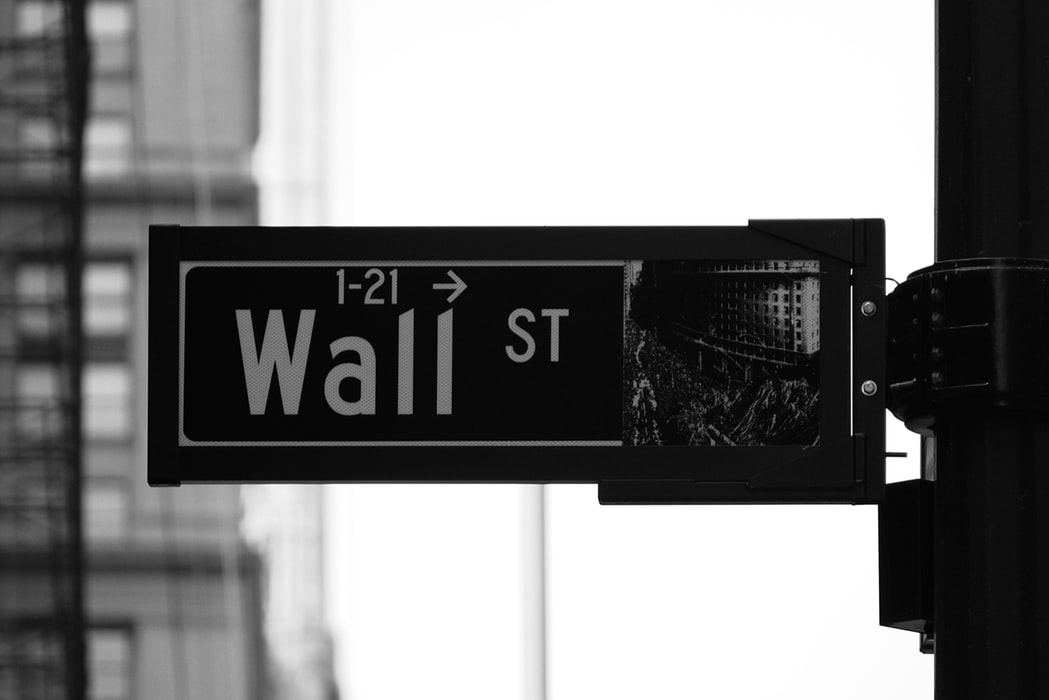In the 2014, updated edition of Jeremy Siegel’s classic investing tome, Stocks for The Long Run, Siegel shows the long-term growth of equity market returns, net of inflation, over the last 212 years. It is quite striking to see that the average annual stock market return over that long period of time, net of inflation, is 6.8 percent, versus 3.5 percent for bonds, 2.8 percent for U.S. Treasury bills, 0.55 percent for gold and -1.4 percent for the dollar. If you had invested a dollar in stocks in 1802, you would have $1.3 million today. If you had kept that dollar in cash, you would have five cents today. Any questions?
The stock market closed at a new all-time high again in 2019. While a new high can cause worry for some investors, an all-time high demonstrates that we have made it through every correction, recession, depression, world war, Watergate scandal, dust bowl, oil embargo and civil war. The market has recovered and has then gone on to a new market high. That’s happened 100 percent of the time. That’s an amazing record of recovery and success. Sure, there are some wiggles, gullies, and hiccups in the long-term equity market growth chart, such as severe recessions, economic malaise and political scandal, but the stock market has always recovered.
In the stock market’s long-term march upward, there will always be difficult economic periods, but they are like the seasons. During the winter, the trees outside are bare and seem dead. They are not dead, however, and we don’t dig them up to look at the roots to see what is wrong or cut them down hoping to replant them in warmer weather. We wait. We know 100 percent of the time that winter turns to spring, and nature comes alive again. Similarly, the economy and stock market have seasons. Recessions and corrections are usually short and dark, but then the economy blooms again.
Some have noted that the current ten-year-and-counting bull market that we are currently enjoying is the most unloved bull market in history. Each new high has sparked investor worries about impending doom. Were you to Google “the market just hit an all-time high, is it time to sell?” then you would find hundreds of stories and commentaries addressing this worry. The range of stories are evenly dispersed with dates in every year going back to 2010. It seems as if worried investors have been waiting for this market to crash after every strong advance. They’ve been worrying since the Great Recession of 2008 ended.
Negative opinions always sound more robust and reasoned than outright optimism does, and there is a cottage industry of pundits and prognosticators that fear each all-time high and want you to fear them as well. However, there is nothing inherently dangerous in new market-high levels. Looking back at all new all-time market highs since 1928, the average return from the new market high over the next six months is a gain of 3.9 percent, vs. 3.6 percent on all other days. Over the next year from all-time highs, the market has gained 7.8 percent versus 7.5 percent on all other days. Therefore, market performance is better than average following all-time highs, not worse. This fact is not mentioned in many of those the-sky-is-falling articles, however.
The stock market does not rise in a straight line. But our economy and people have always persevered and prospered on the other side of difficult times. With such a solid record of long-term growth, the only mistake one could make over time is to sell stocks, hoping to jump back in when the smoke clears. If you want to bet against a 100 percent record, be my guest. History suggests you will be wrong.



